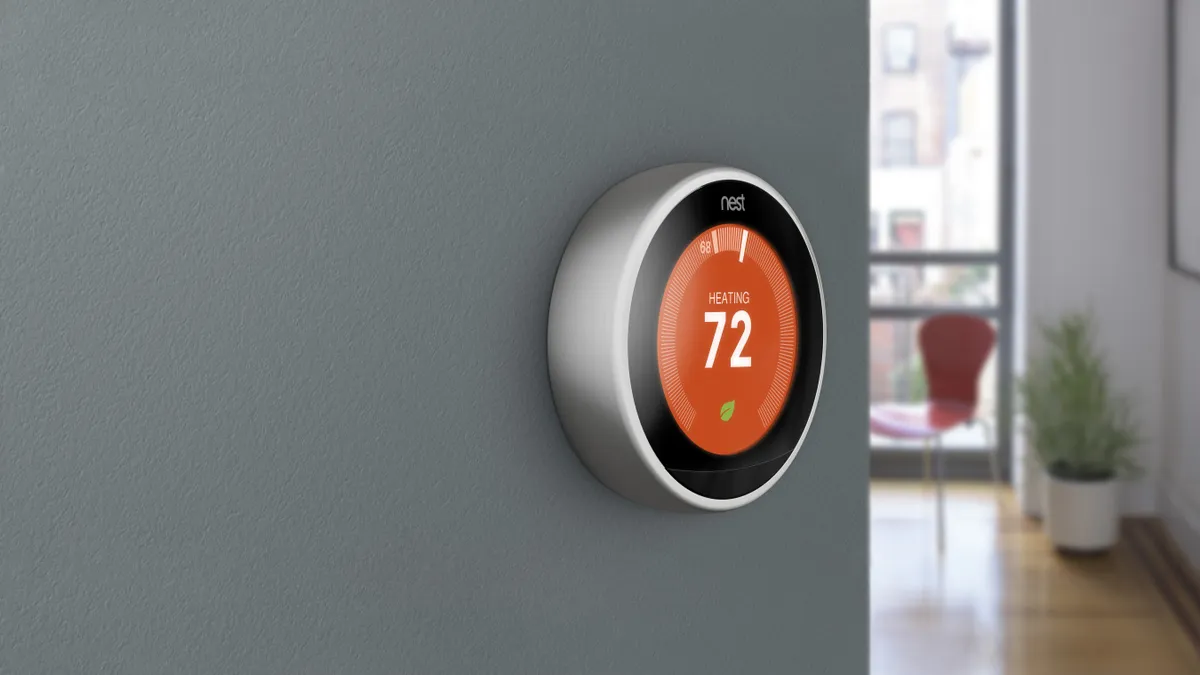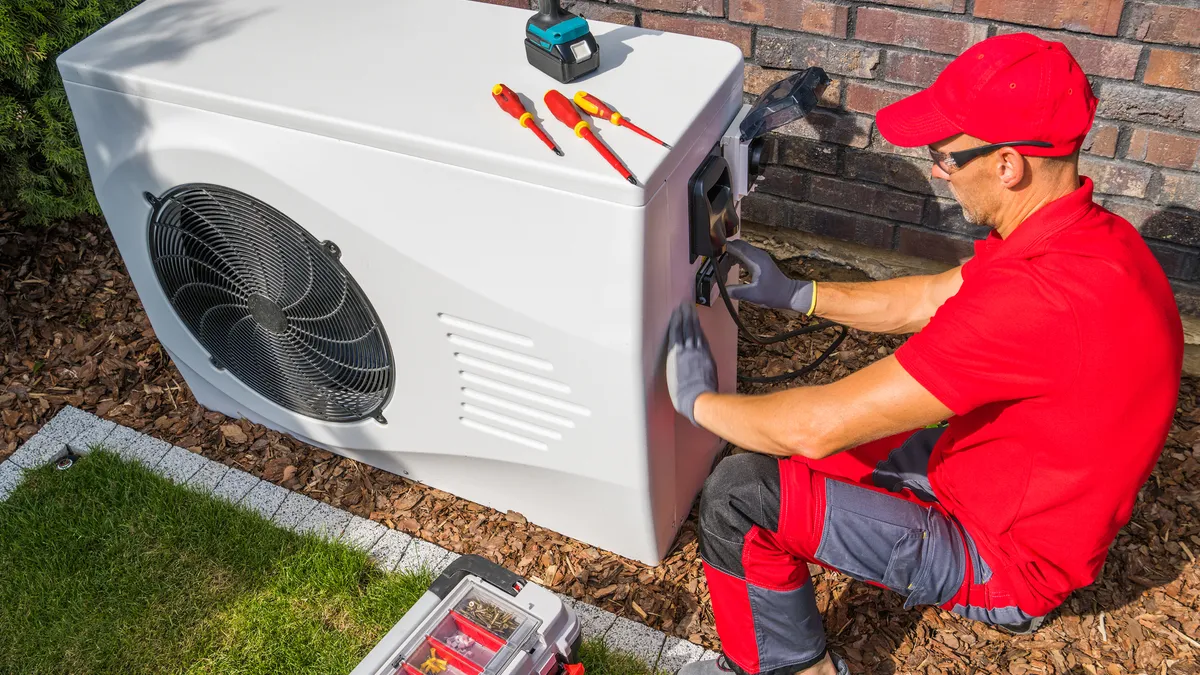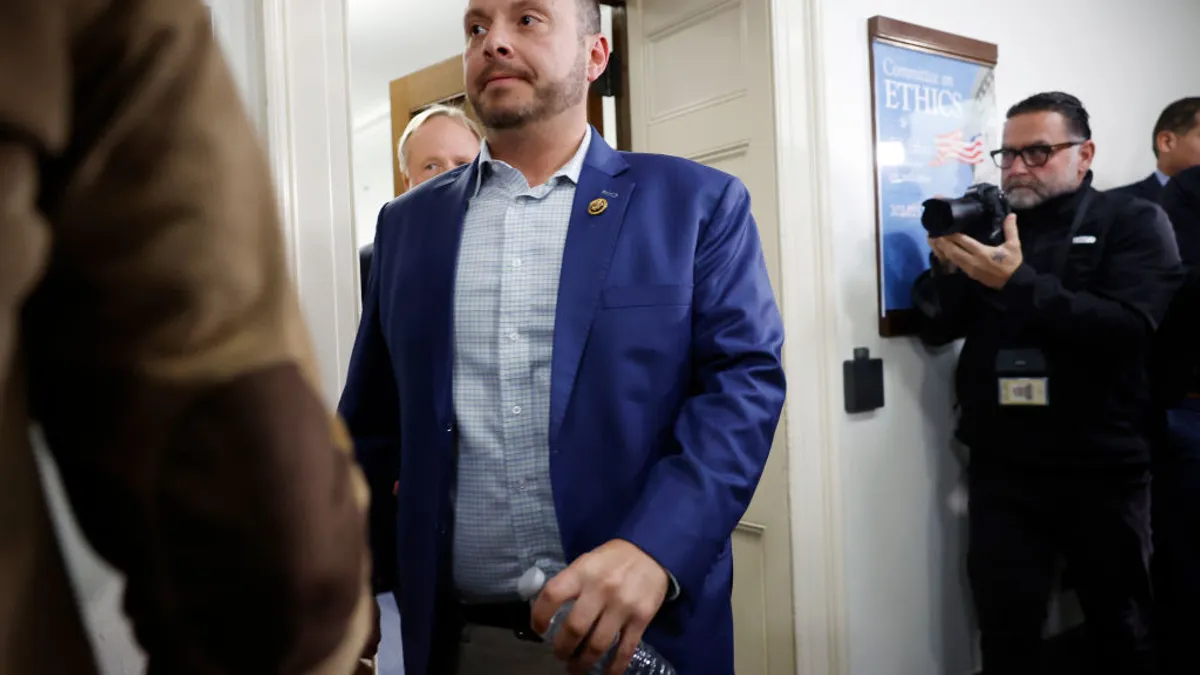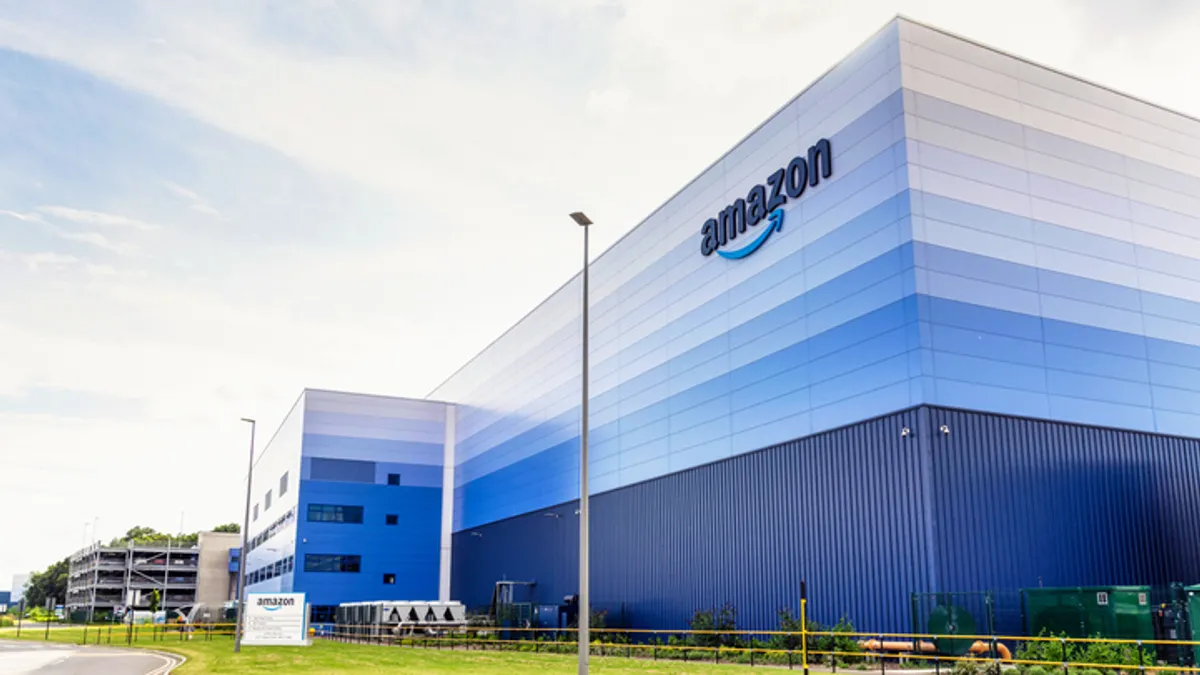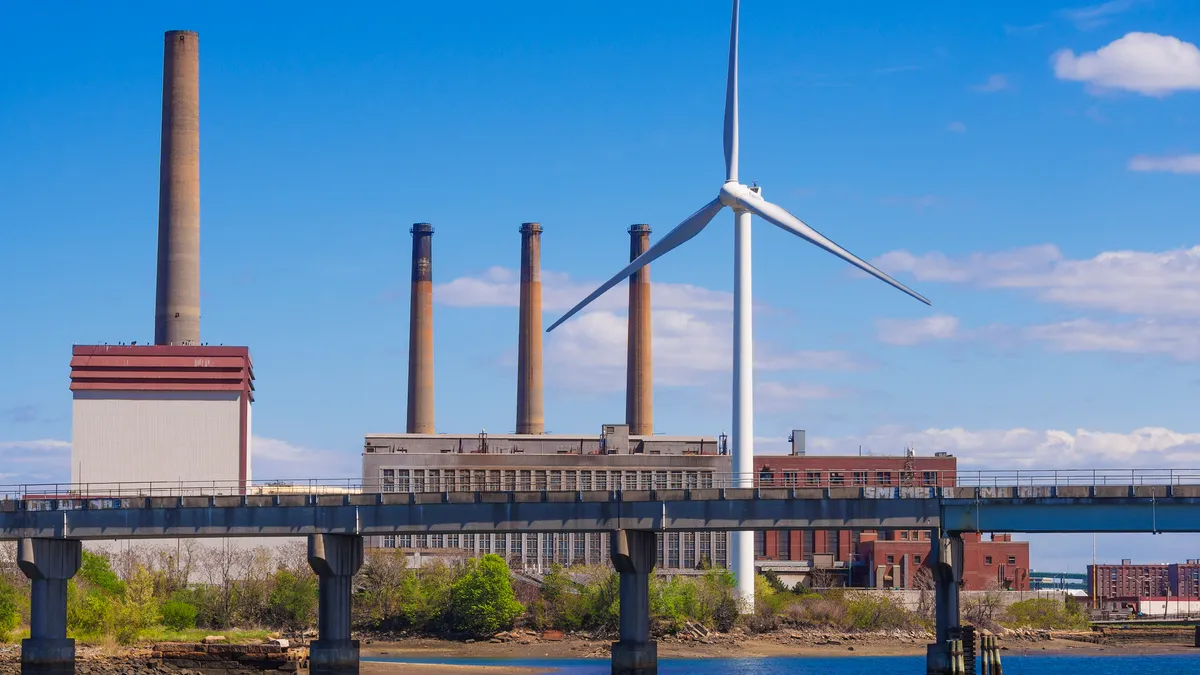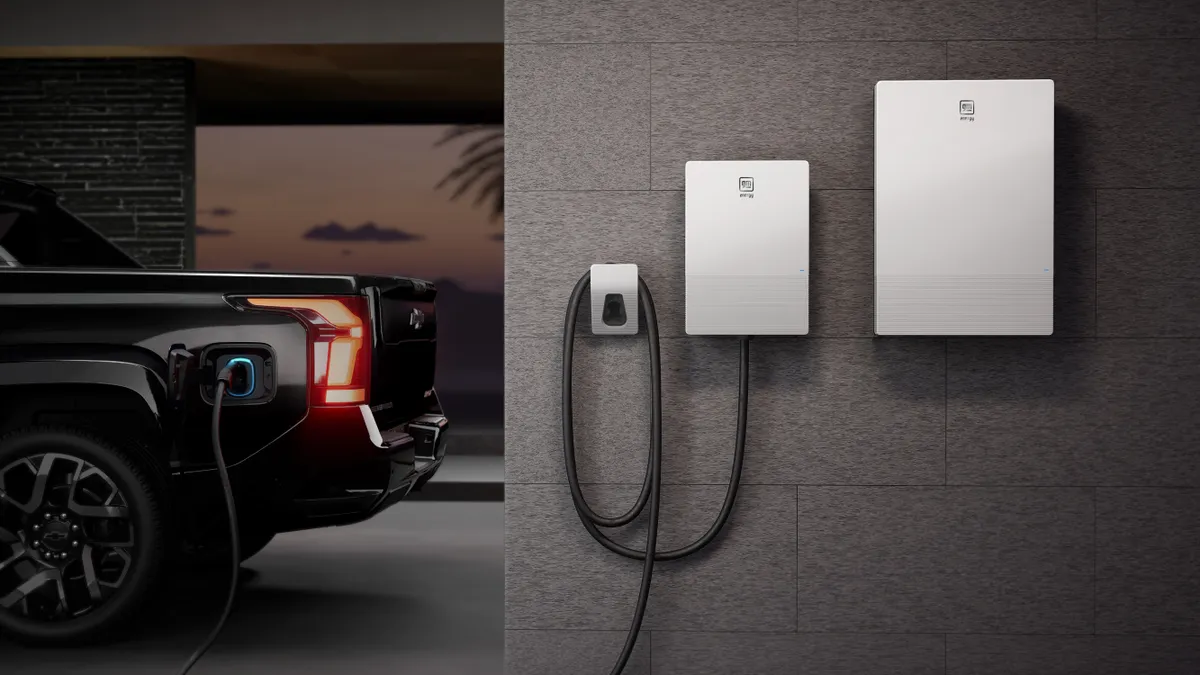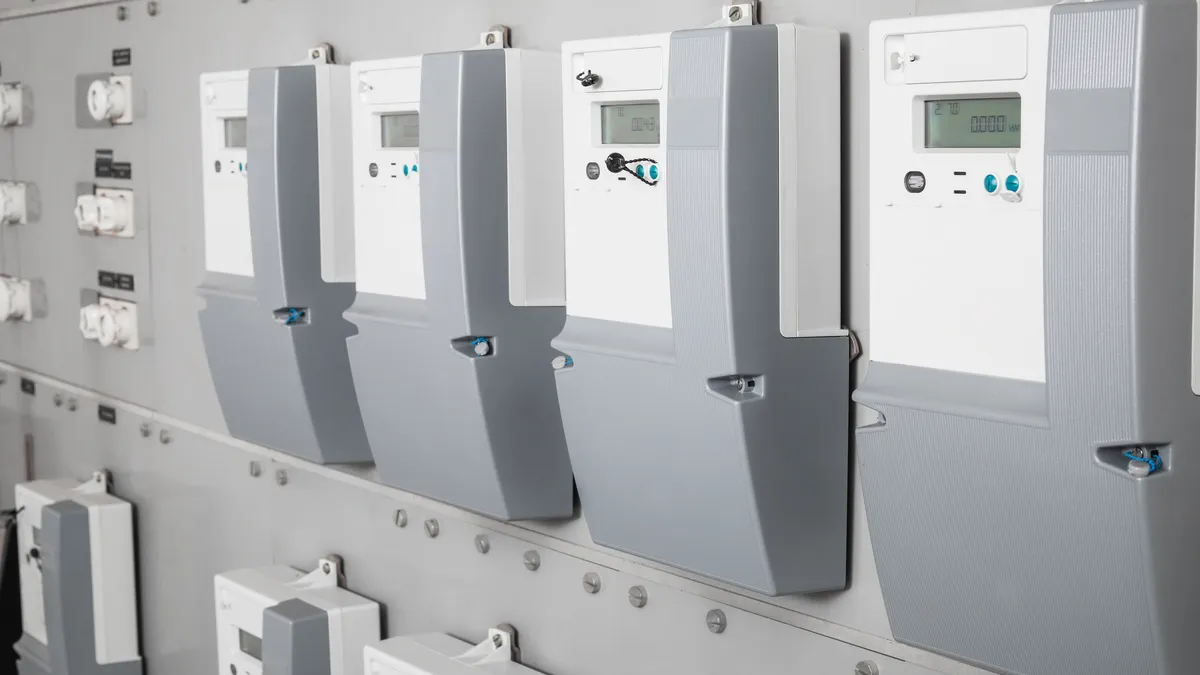CPS Energy has been running a residential thermostat demand response program for 14 years now, and with about 20% of customers signed up, the Texas utility was having trouble expanding.
“We thought we'd reached saturation,” said Justin Chamberlain, demand response program manager for CPS. Getting new customers on board with the utility's direct installation offer was becoming more difficult—but the program helps cut peak transmission costs significantly, and CPS wanted to add another 1,000 customers.
That was in 2015, and so with the holidays coming up, the public power utility serving San Antonio decided to launch an aggressive and innovative Black Friday promotion. Two years later, CPS has added almost 4,000 customers through the offering. But also importantly, the utility has deepened local partnerships and broadened its use of social media helping to lower some advertising costs.
As more services and connected devices come to market, utilities will need to learn new strategies: reaching customers in new ways, and at times playing the long-game on engagement.
“Our philosophy is, if you can connect it we will run a program,” said Chamberlain. Currently, CPS can work with almost 20 different thermostats under the utility's My Thermostat Rewards program.
According to a survey by Smart Grid Consumer Collaborative, learning thermostats now top the wish-list of smart energy consumers.
“Smart thermostats are probably the best gateway to engage consumers," SGCC President and CEO Patty Durand said last year, discussing the survey's release. "If you're going to pick one thing, the research points towards thermostats. It's something everyone is already aware of. Very high numbers of people want one."
The offer
What CPS did was raise the customer rebate for its Bring Your Own Thermostat (BYOT) program from $85 to $150. When paired with a rebate Nest was offering, it meant customers could purchase a new learning thermostat for just $20.
CPS' status as a publicly-owned utility enables it to be able to make an offer like this. “Our regulator is our city council, and they've given us the ability to offer these programs and determine they are cost effective,” said Chamberlain. “We have the flexibility to be able to adjust our offerings, and we're very fortunate in that sense.”
Most of the utility's thermostat customers have been in the program for several years; the stable customer base means the utility can afford to give larger rebates and take a longer payback on the devices. The utility reached significant buy-in internally on the project, and then reached out to local Home Depot stores to help promote the deal alongside Nest, resulting in almost 100 in-store events.
“The partnerships the thermostat vendors bring to BYOT programs, including retail vendors, represent a great opportunity that is probably a little unique for distributing a demand response,” said Nest Lab's Jeffrey Hamel. “There's definitely an appetite out there from the retail side. … They see more sales through their doors so they support these."
Chamberlain and Hamel teamed up last fall for a discussion of the program with the Peak Load Management Association. They said the response to the program far exceeded goals. Ultimately, CPS got 1,700 signups during the 2015 Black Friday offering, 70% more than hoped. And additionally, they saw a significant and sustained spike in program signups after the promotion ended, likely the result in greater awareness of the offering.
Before the promotion, CPS would get about 80 new program participants per month. Now, that number is closer to 180. “We believe the awareness generated shows the program really worked,” said Chamberlain.
The Home Depot partnership resulted in 1,600 customer engagements, and yielded several insights into how utilities can market these programs:
- Assisted selling works. Getting Nest representatives into 14 Home Depot stores allowed for cross-training and a better explanation of program benefits.
- Many customers came into the store, discussed the thermostat, and then purchased one on a second visit. “It's definitely a major purchase, almost categorically it's not an impulse buy,” said Hamel. “That's an important takeaway.”
- Some customers are skeptical at first, and prefer to do more research.
Representatives did hear some concerns from customers about utilities controlling thermostats. “Emphasize points around customer control,” advised Hamel.
Stronger results 2nd time around
The big story here isn't about how CPS is harnessing thermostats to manage load – though this past summer it used the program to harness 100 MW. But lots of utilities are rolling out smart thermostat deals. CPS, though, is connecting with customers using methods more commonly seen in retail sales. A discussion about what makes the utility's demand response program tick revolves as much around outreach strategies as event scheduling.
Utility Dive spoke with Chamberlain yesterday, just as CPS was finishing up running its second Black Friday promotion.
“I'm still beside myself at the response,” he said. The utility had hoped for 2,000 new participants this time around and got a little more than 3,200 instead. Growing familiarity with the program may have fueled signups. “The first year we did this, it was probably more of a shock to the customer. Nobody expects a Black Friday deal from a municipal-owned utility,” said Chamberlain. Now, the surprise appears to be settling on the utility side.
In addition to transmission savings, CPS turned to social media to spread word of the rebate rather than ponying up for more traditional advertising.
“I actually cut the outreach budget and reached out to our social media team instead,” said Chamberlain. “They only needed a small amount, and I believe they hit a large group of customers online through Facebook and Instagram and creating web content.”
The BYOT model creates natural synergies, as well. When the utility previously ran direct-install offers, it was essentially in competition with other groups doing that work. But the Home Depot partnership means the retailer is helping market the utility program as well as not seeing its business cannibalized. “It's a great partnership,” said Chamberlain. “Someone is pushing the product for us. … A lot of customers wont invest in a thermostat that's $249. If the thing is on the wall and it works, why would they buy a new one? The promotion moves them.”
Looking ahead
CPS says it will take the lessons learned from its successful thermostat offer and attempt to apply them to other technologies, programs and customer interactions.
The utility will launch a behavioral demand response program this summer, seeking ways to modify load without price signals. And its advanced metering rollout should be completed by next summer, opening up opportunities to use more granular customer usage data.
“If someone has another idea we can roll out on Black Friday, I want to hear it,” said Chamberlain. Lightbulbs are already cost competitive, he said, but “I'd love to find another program that's easy for customers to take advantage of.”
Be it lightbulbs or window air conditioners or water heaters, CPS' success with the thermostat offering has helped illustrate a new way of connecting with customers. These are web-based programs, paperless and advertised via social media.
"It's all online and customers are living online," said Chamberlain. "You're able to engage them. It's meeting customers where they are."



